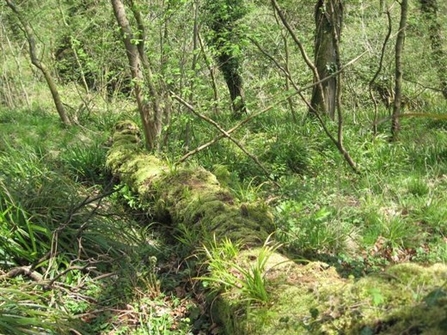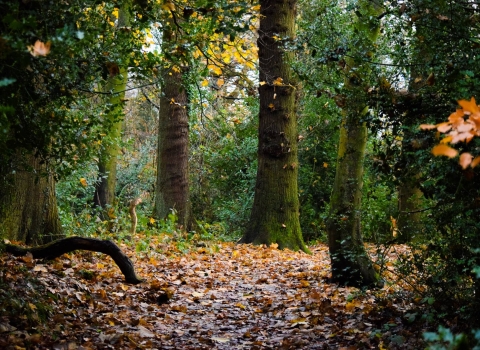Felling trees is an integral part of wildlife conservation. It may seem counterintuitive when your aim is to manage, maintain and restore habitats and species, but there are lots of reasons why it's a really important part of our work.
Preserving rare and sensitive habitats
In Britain, woodland is what is known as a ‘climax’ ecosystem. This means that every habitat will eventually settle/grow into woodland, so if we want to maintain any other habitat then we have to remove trees.
This ‘habitat’ management started in Neolithic times when humans began to settle and to use the land to grow food and crops. At this time around half of Britain’s tree cover was removed. Any that still remains is designated as ‘ancient woodland’ and is given full protection within British Law.
The habitats that we maintain through the removal of trees include grassland, heathland, peatland or bog, and sand dunes, as they are home to rare plants and animals. We continually remove trees in these wild places at the stage of it being defined as scrub.
When you look at the shocking figures, it becomes even more apparent just why we need to remove trees in these habitats. 98 per cent of the lowland peatlands across Lancashire, Greater Manchester and North Merseyside have already been destroyed, and the precious 2 per cent that remain face serious threat. Around 85 per cent of heathland has been lost over the past 150 years through agricultural development and the planting of conifers. During the 20th century alone, 90 per cent of flower-rich meadows were lost. These losses were driven by housing, roads, railways and agriculture, and now, we must continue protecting them from other threats, including natural threats like 'woodland succession' - where trees will naturally spring back up and turn the habitat from bog, for example, back to woodland; changing the landscape and unfortunately causing the species that live there to die out.
As a wildlife conservation charity, we constantly monitor what and why we do what we do with the aim to manage, maintain and restore some of the rarest and most valuable habitats and species. When we choose to manage a site or habitat we make a decision about what habitat we which wish to hold it at. Sometimes habitats have been planted on or have naturally succeeded to scrub or woodland which is not as beneficial to wildlife or as rare - in these cases we would remove the majority of the tree cover, or in some cases, all of the tree cover, to restore the original habitat. Examples of this might be on our peatland reserves where trees are removed to keep the site wet and boggy and to ensure the survival of species such as the bog bush cricket.
We manage around 300 hectares of woodland, many of which are examples of the regions post-industrial past and range from semi-natural ancient woodland to plantation woodland









